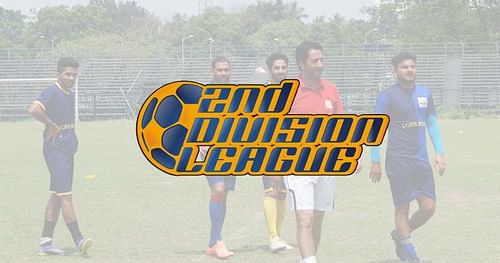
I-League 2nd Division to undergo big changes; no foreigners allowed from 2018 season

What's the story?
The I-League 2nd Division is all set to do away with the foreigner rule and give chances to more youngsters as proposed by the All India Football Federation as per sources. With the I-League running parallel with the Indian Super League, the 2nd Division has been reduced to a feeder league for the clubs at the top.
In case you didn't know...
The All India Football Federation (AIFF) has sent out a notice to the State Federations for nominations of new clubs in the upcoming I-League 2nd Division which is supposed to kick-off from March and will run to May 2018.
Several reports have also suggested that ISL franchises have shown interest in fielding reserve sides in the league, but they would not be allowed to participate in the final round.
Independent reports also claim that the AIFF has cut significant costs in its organising budgets and has decided to organise the league at a single venue.
The heart of the matter
The AIFF wants the I-League 2nd Division to be a feeder league and has supposedly conveyed to the State Federations to notify the nominated clubs that no foreigners would be allowed to participate in the league. The criteria to being nominated are that the clubs must have good state league results. The deadline for nominations is October 4th.
The AIFF also has conveyed that only 3 players in the participating squad will be over 23, thus laying out a field where more youngsters would come under fray.
The AIFF is expecting about 20 teams in the I-League 2nd Division.
Author's Take
With the I-League 2nd Division being a platform for smaller clubs to get exposure at the national level, the above developments come as a disappointment. With clubs trying to get fans, a one venue tournament would be disastrous for the fan culture rooted especially in the northeast. I-League 2nd Division was a home-away round robin league divided into conferences, which allowed clubs to play many matches over a long period of time which may not be the case this time.
Only three players allowed to be over 23 years of age can hurt the existing contracted players in the clubs and can force them to look for other clubs at the state level, thus destabilizing the players' structure at the local level.